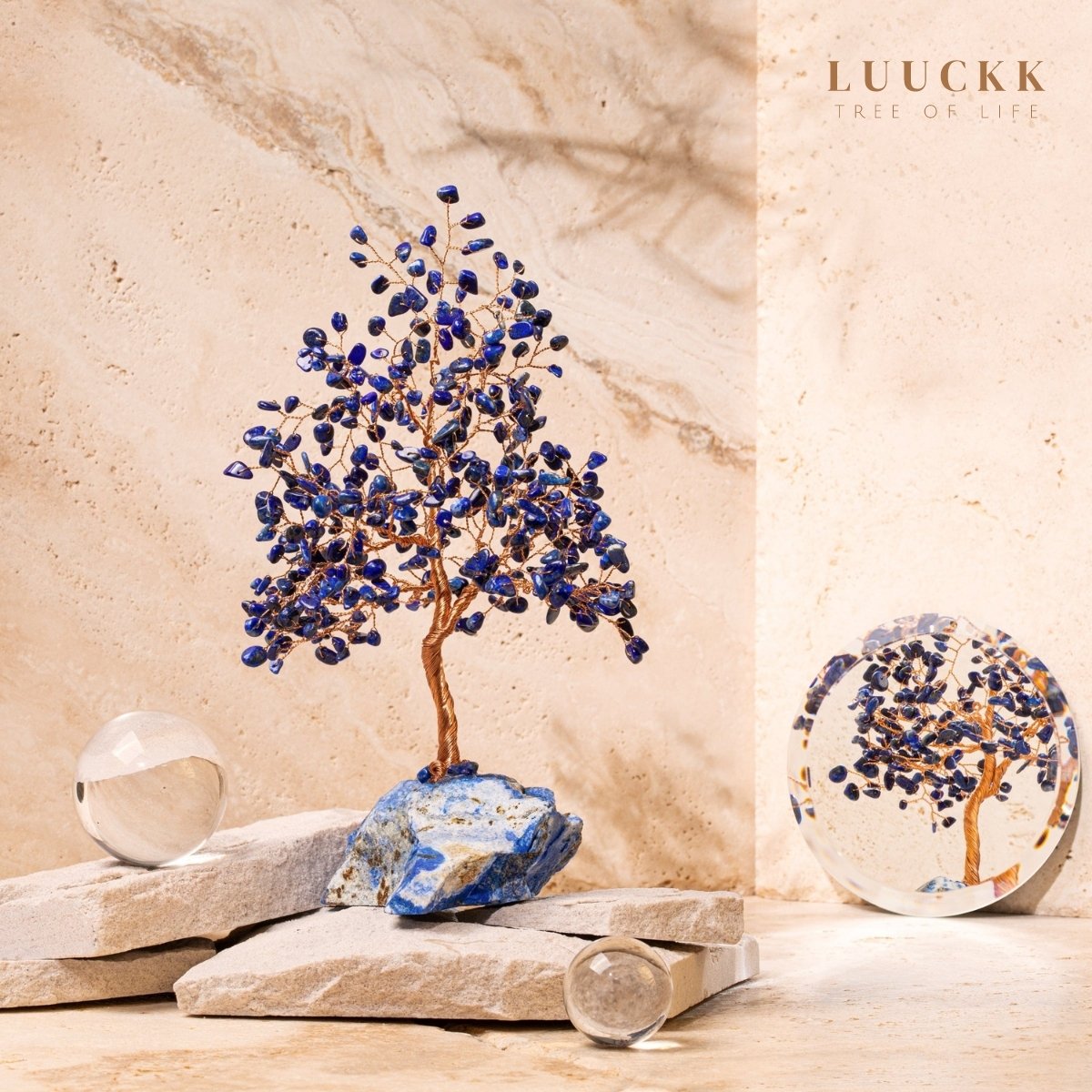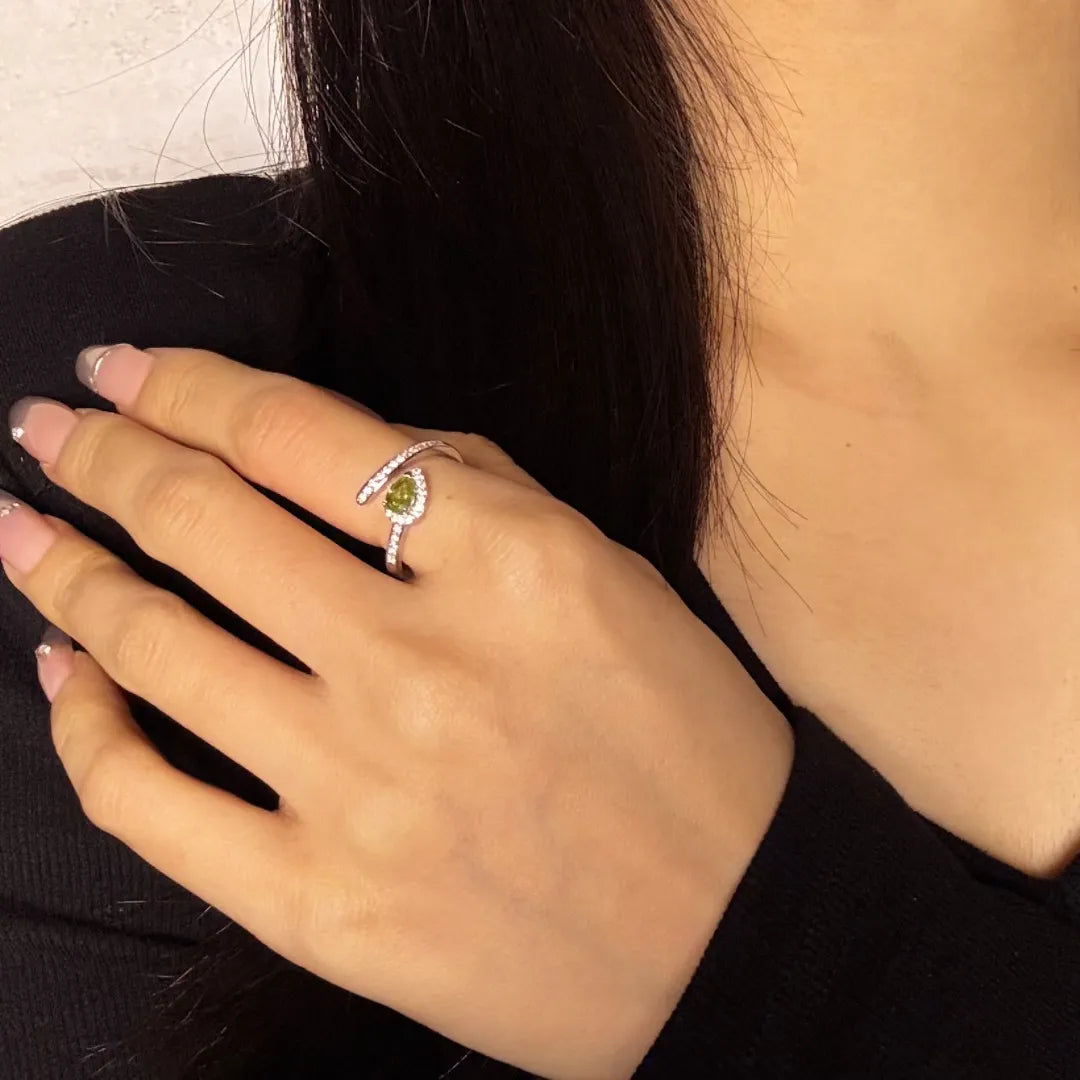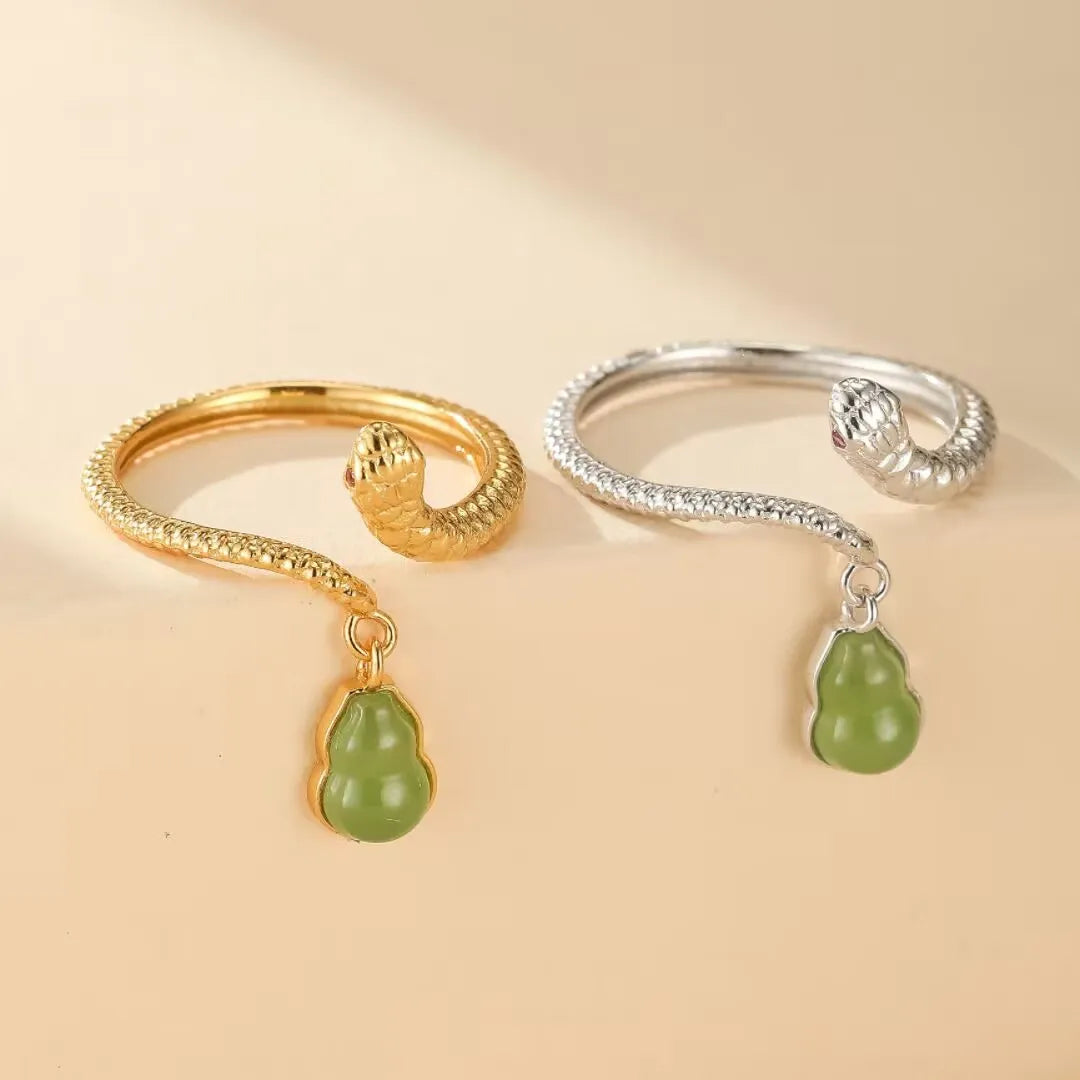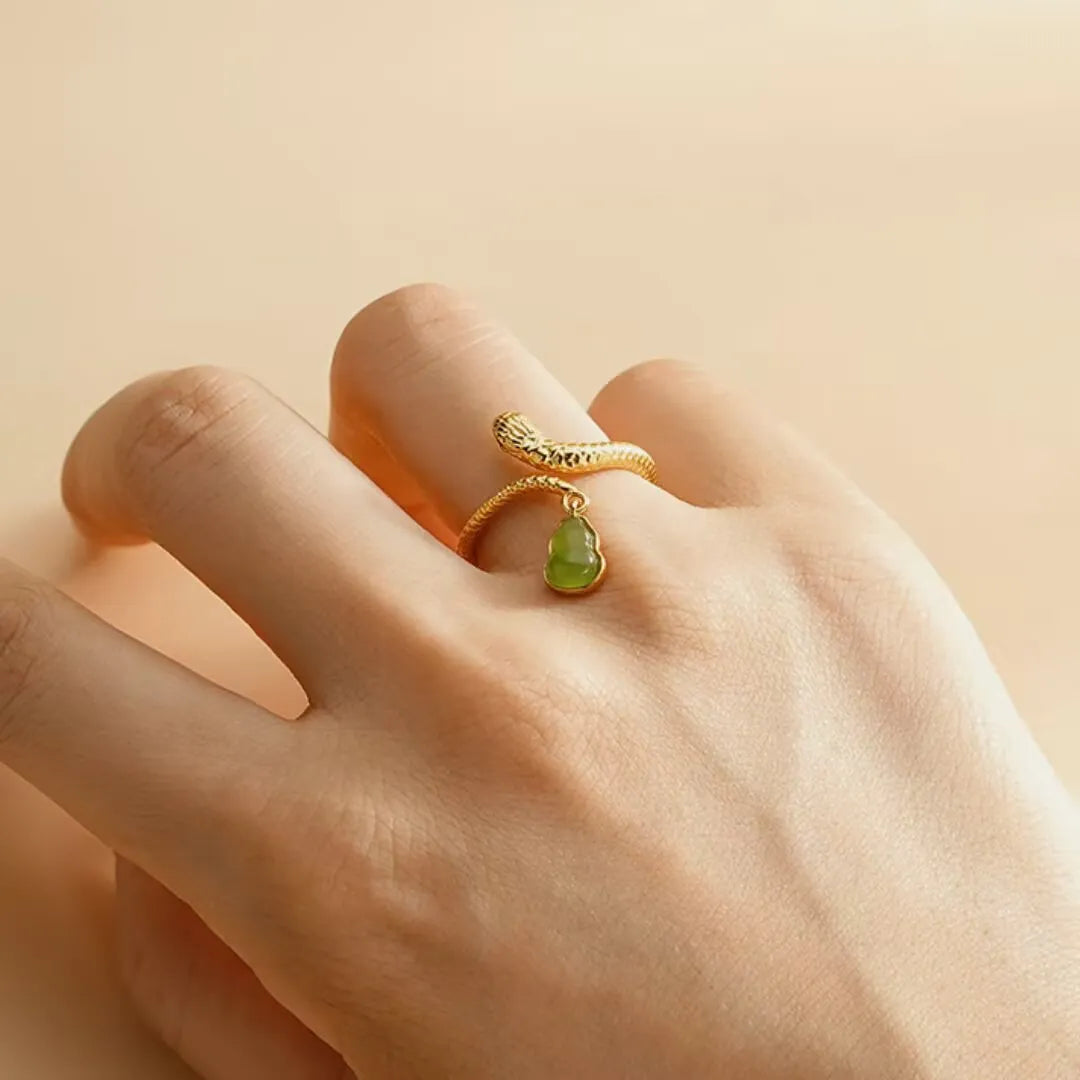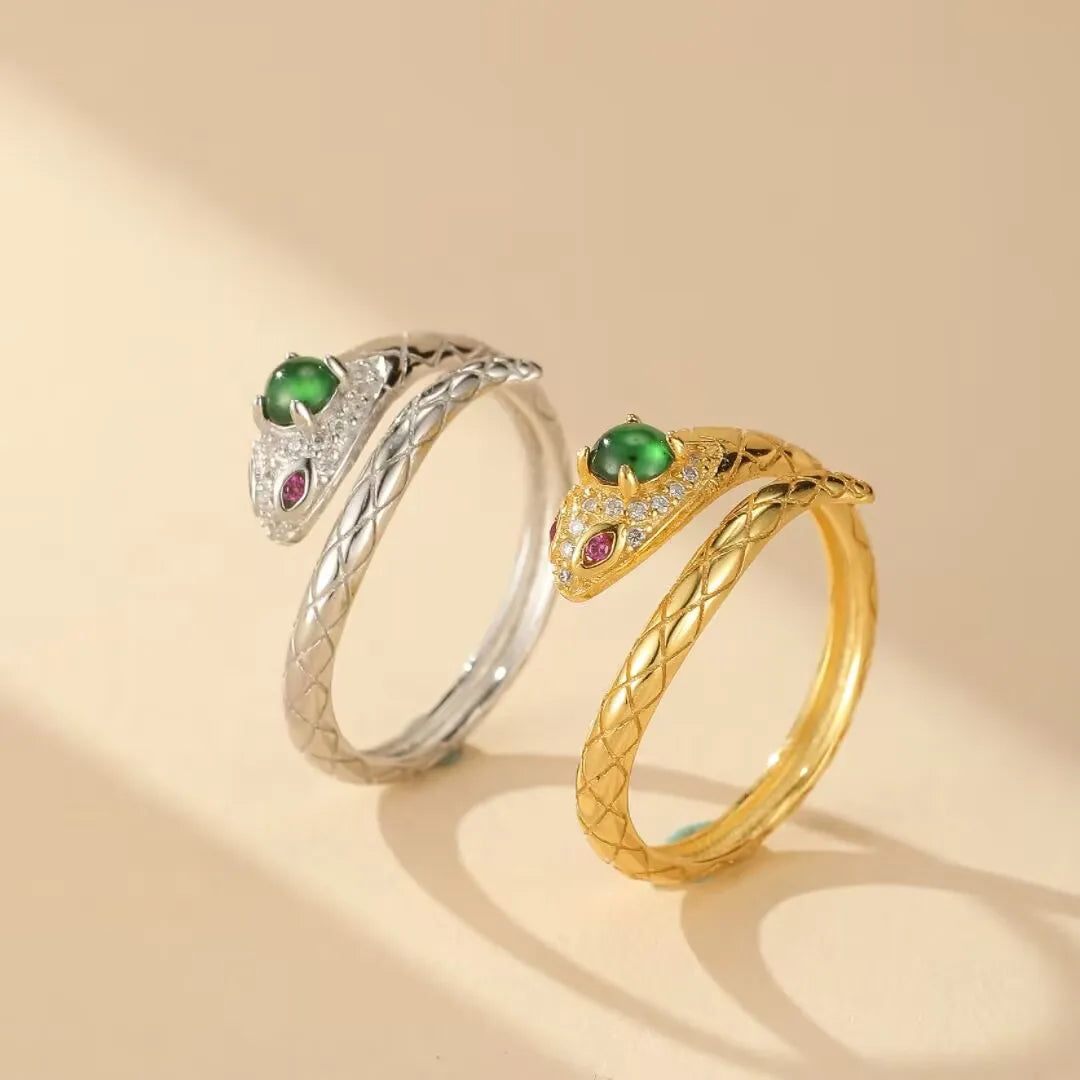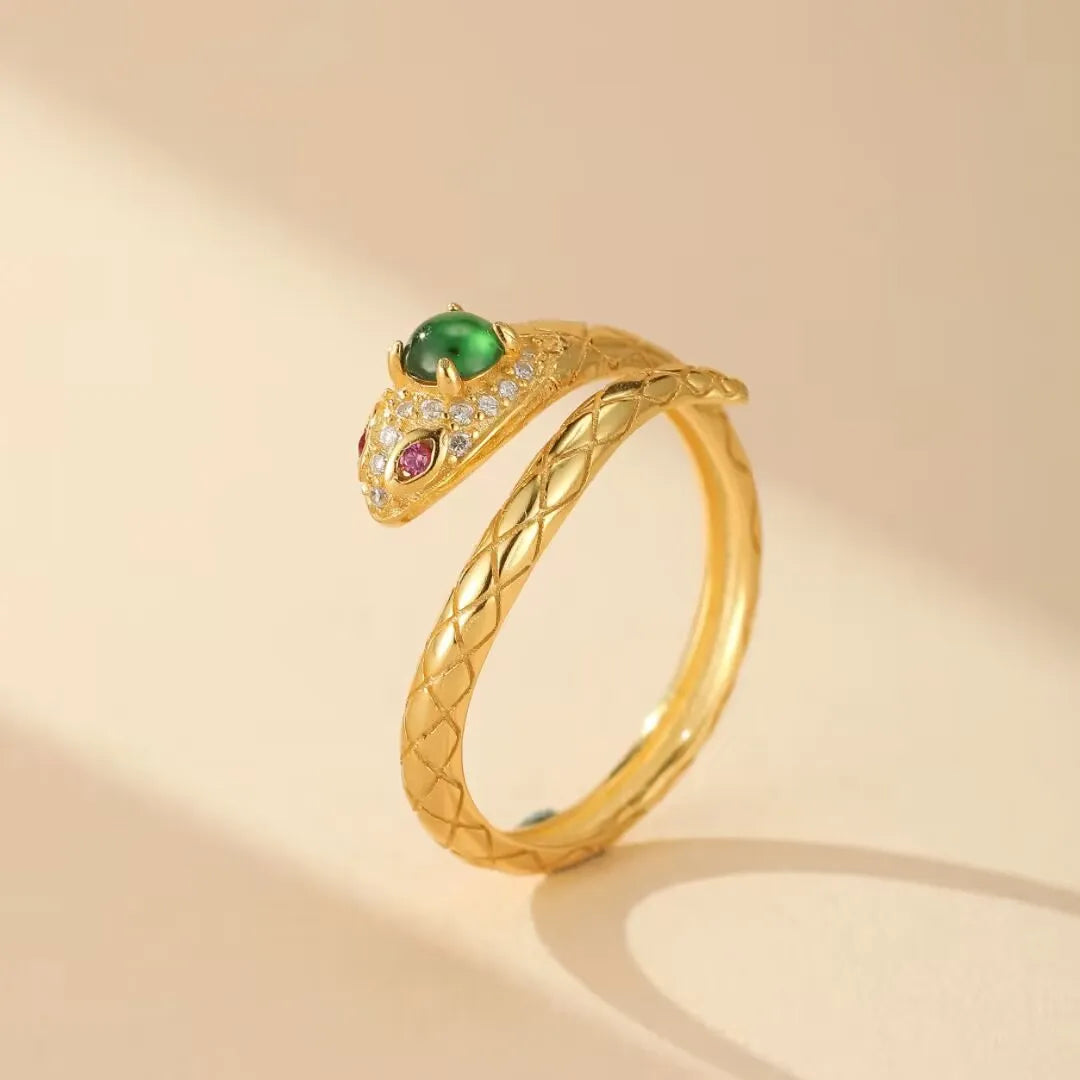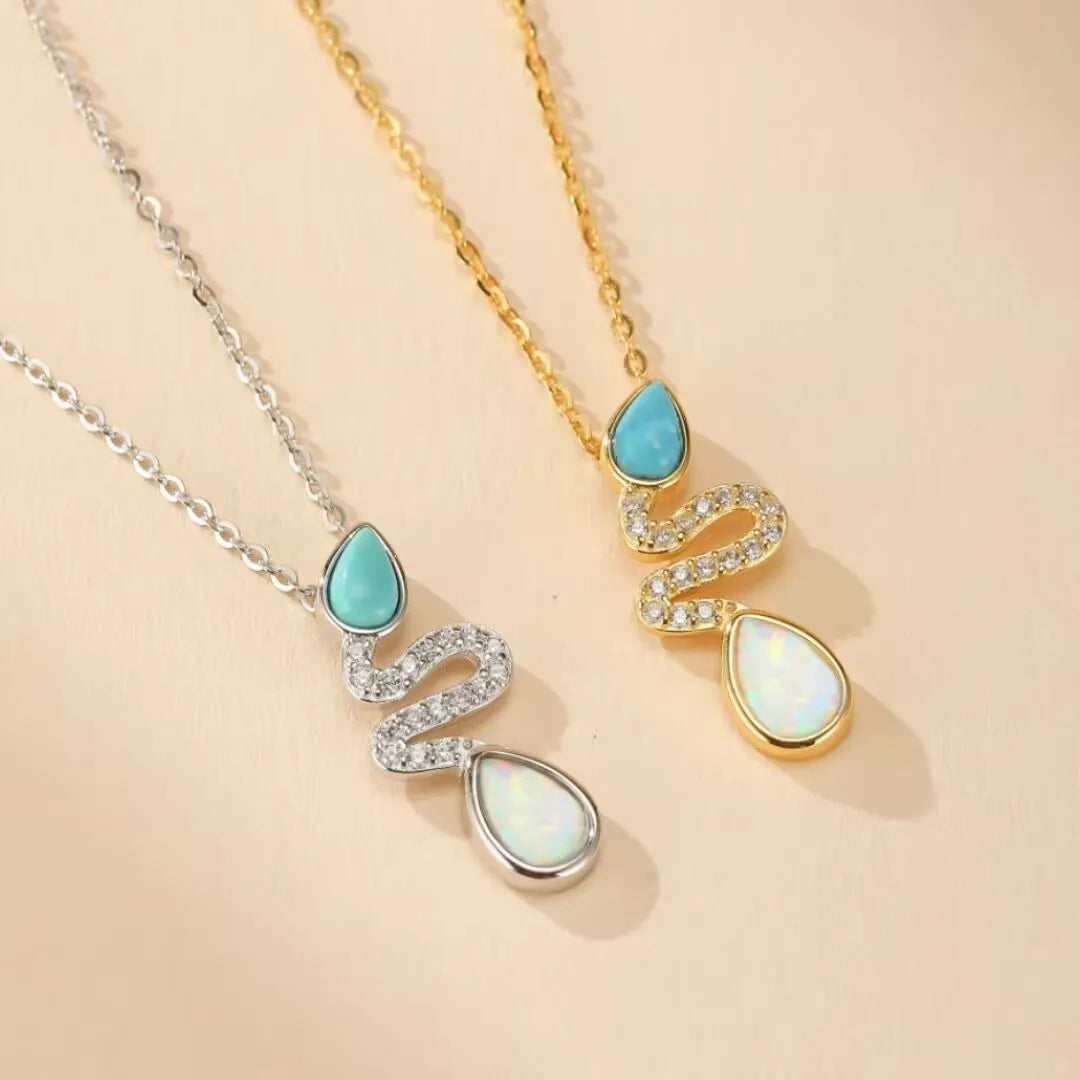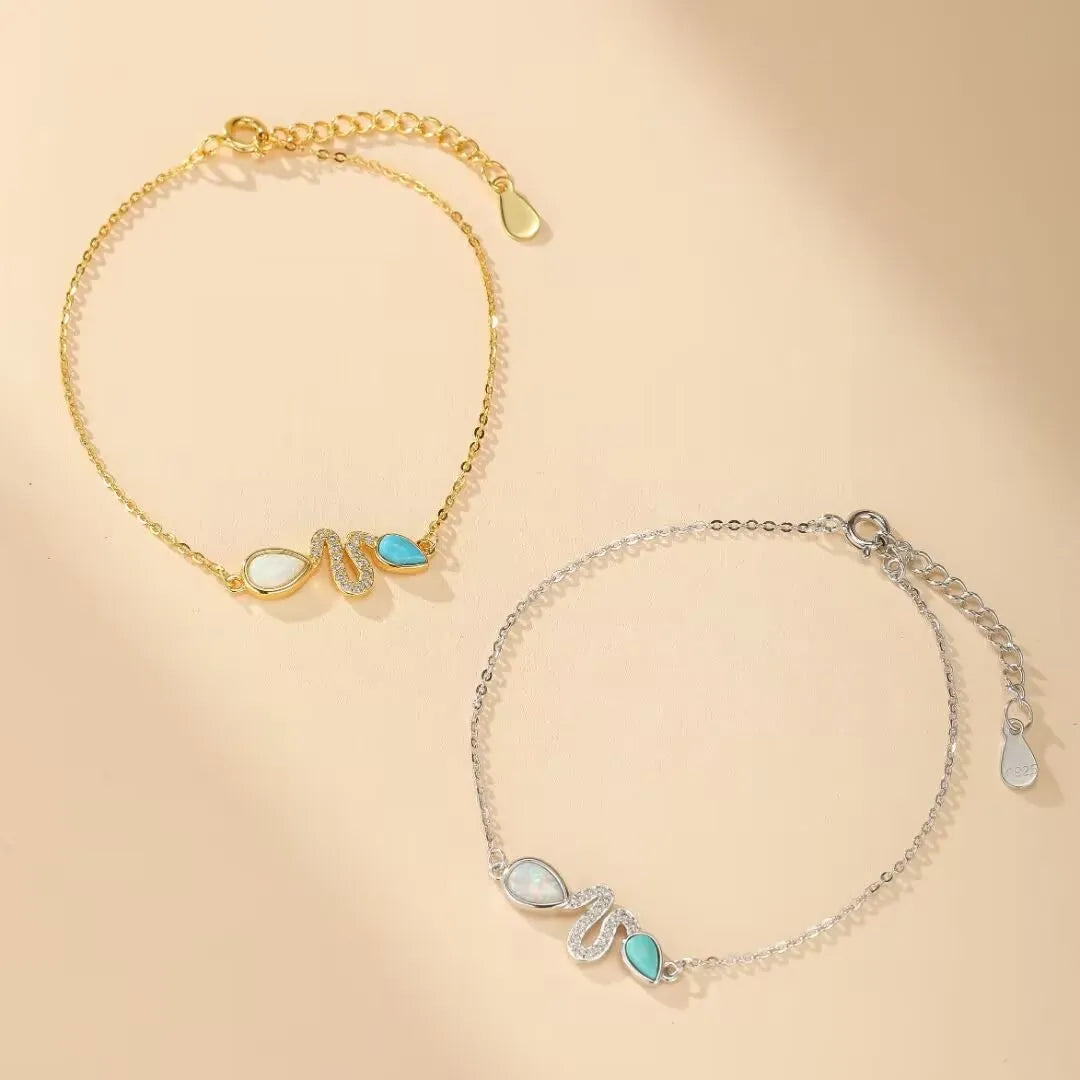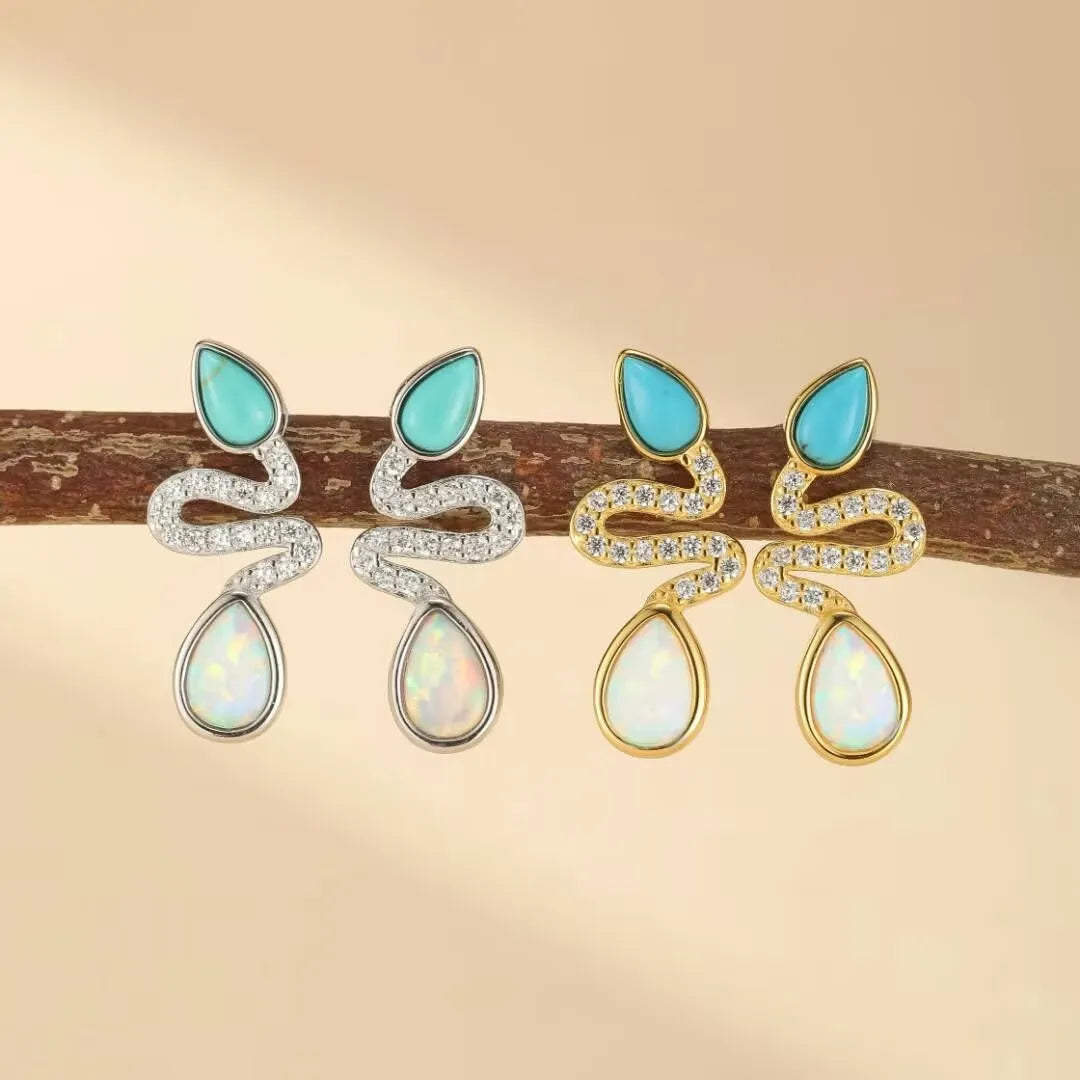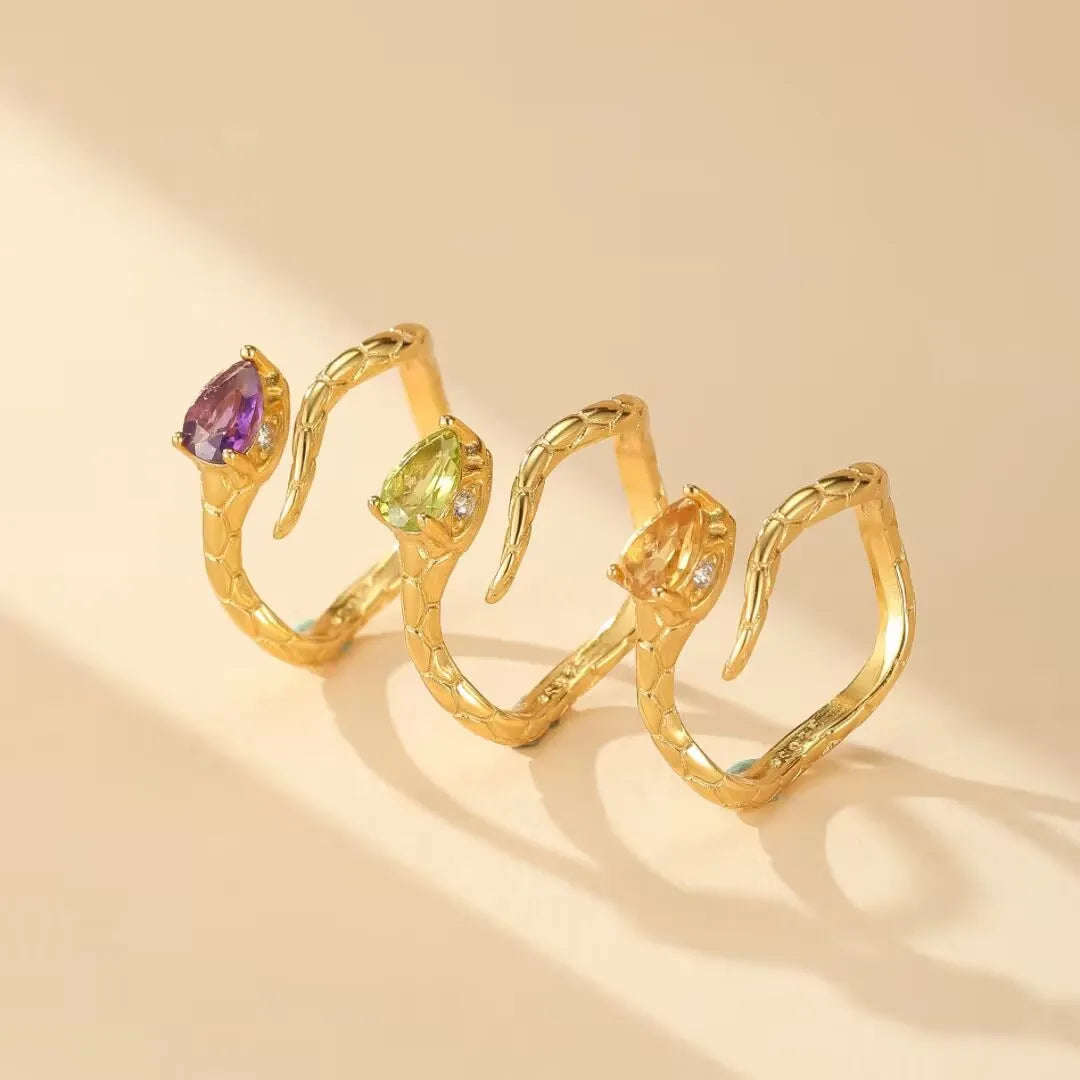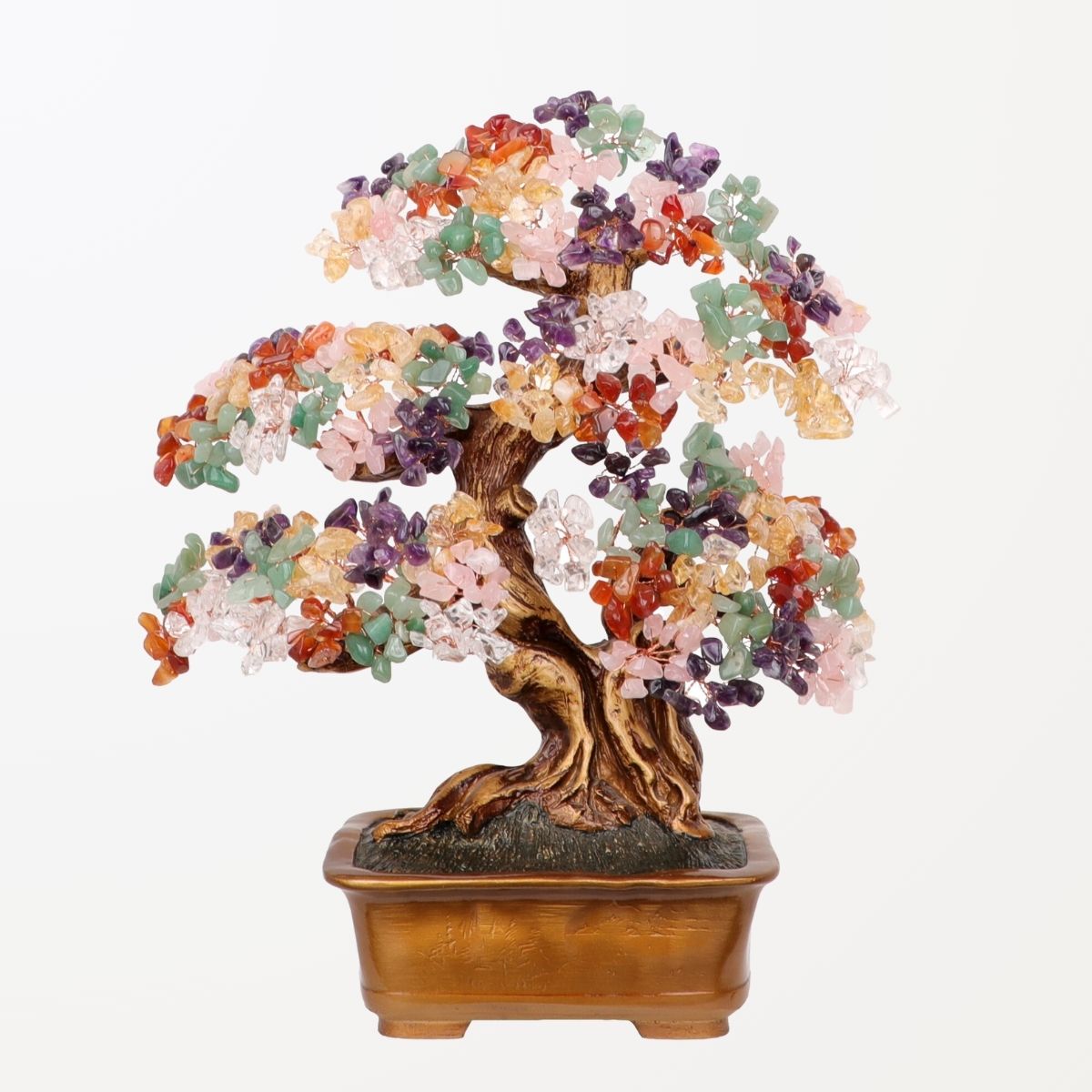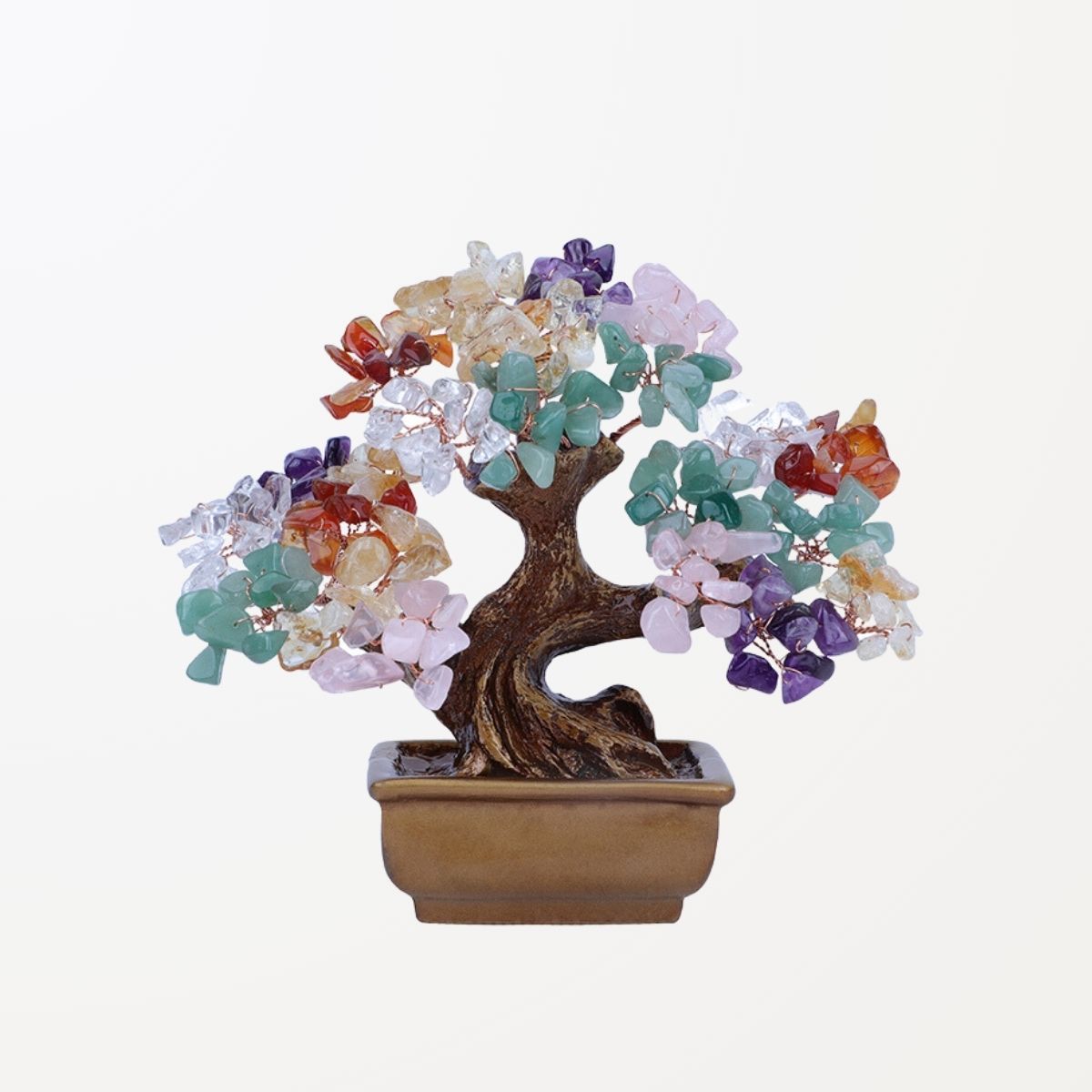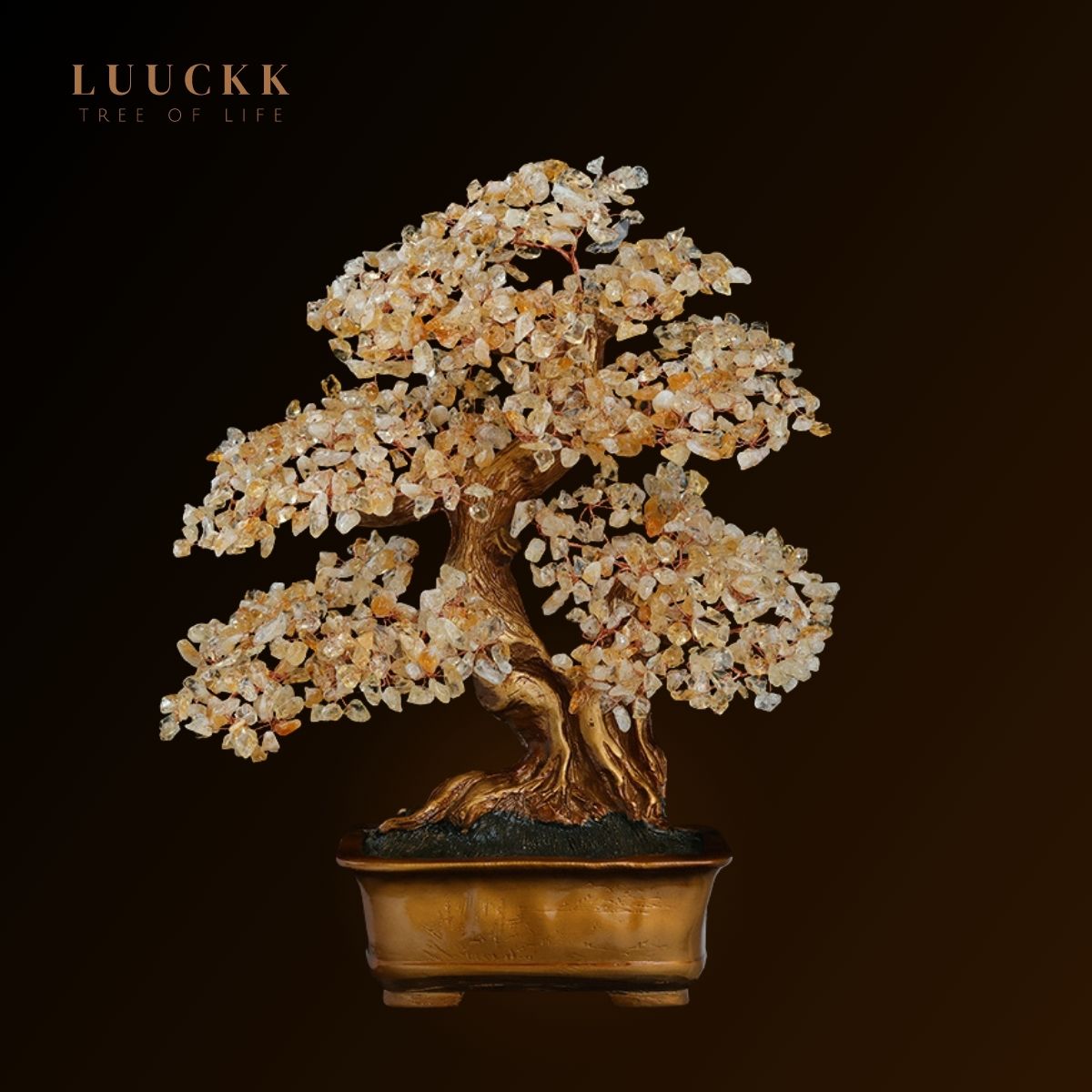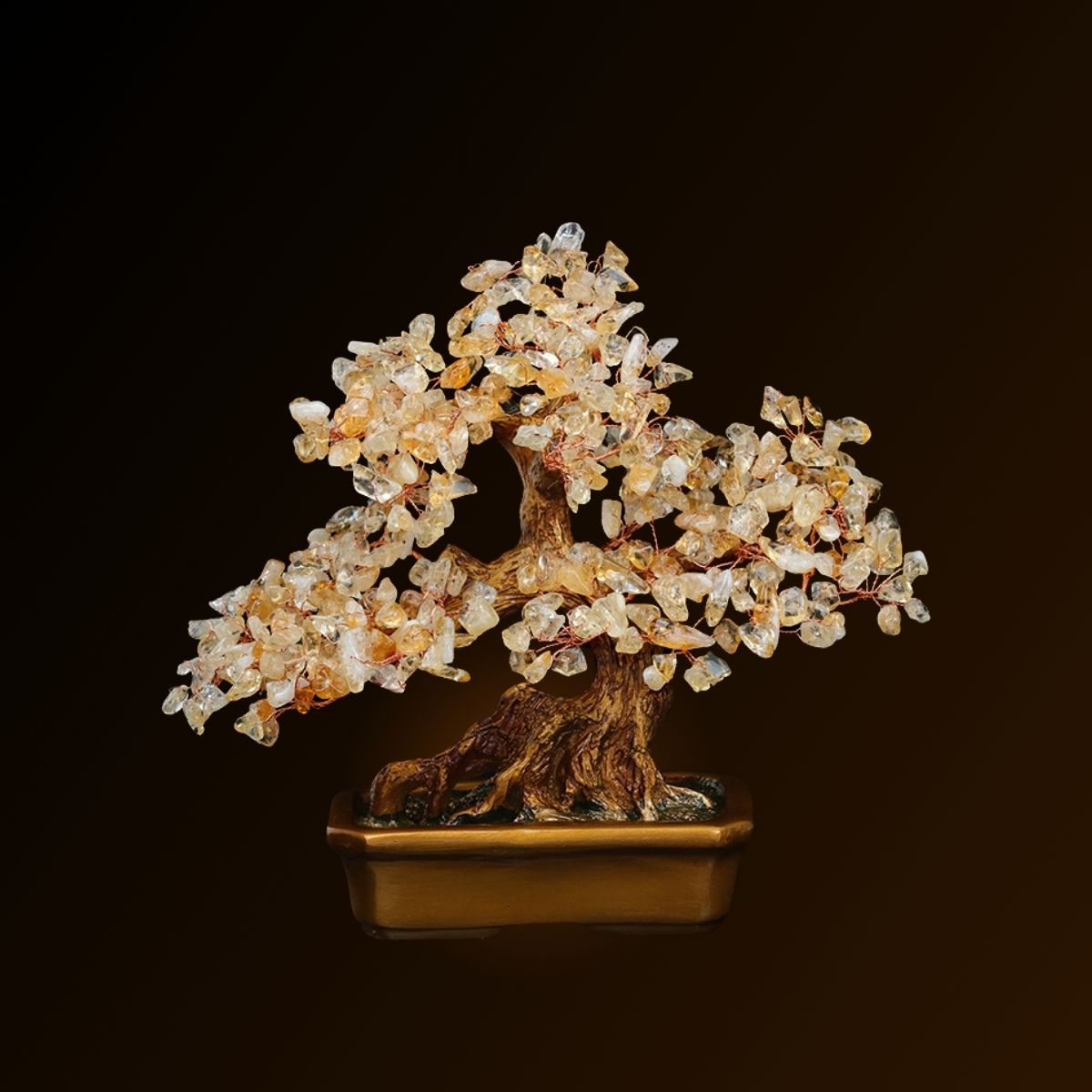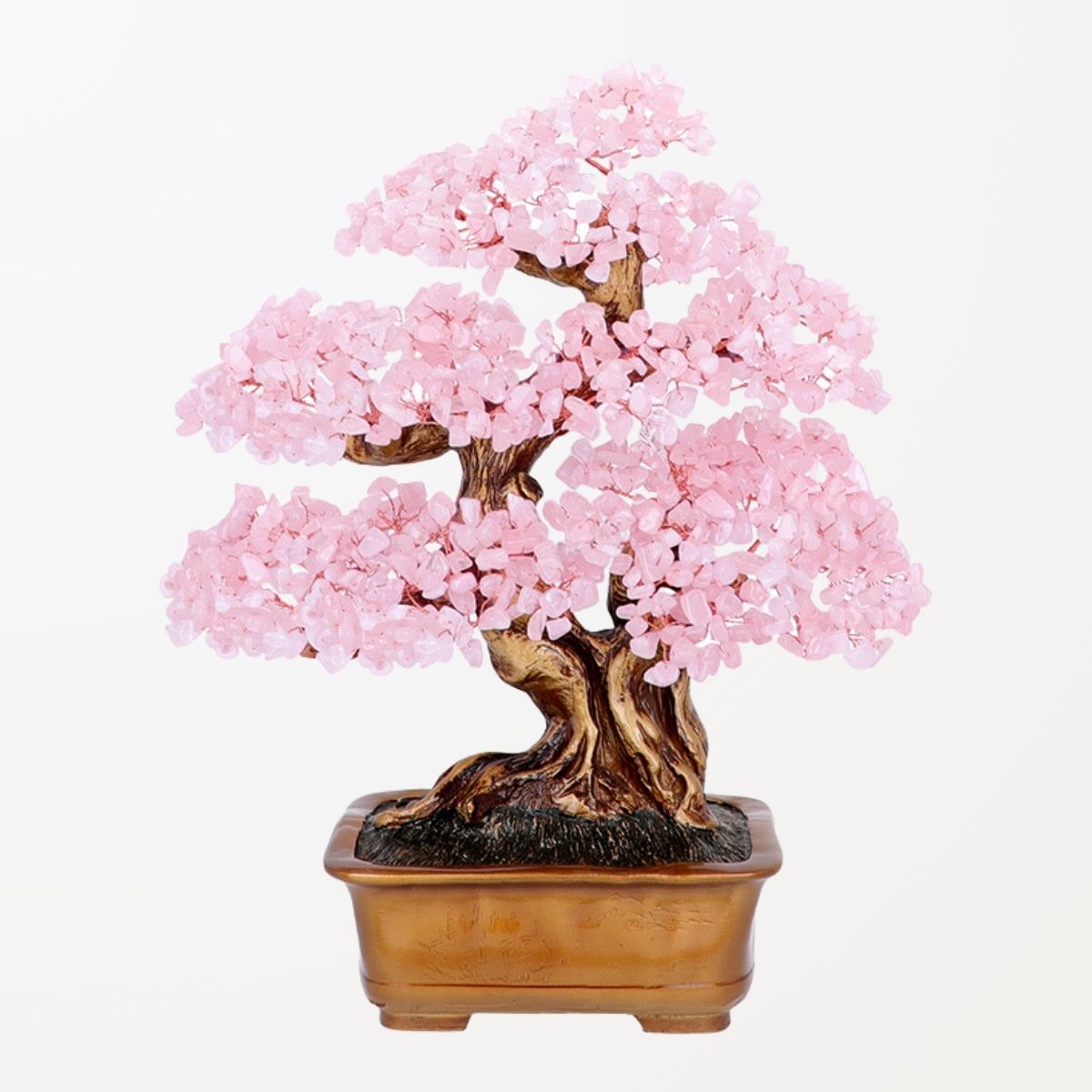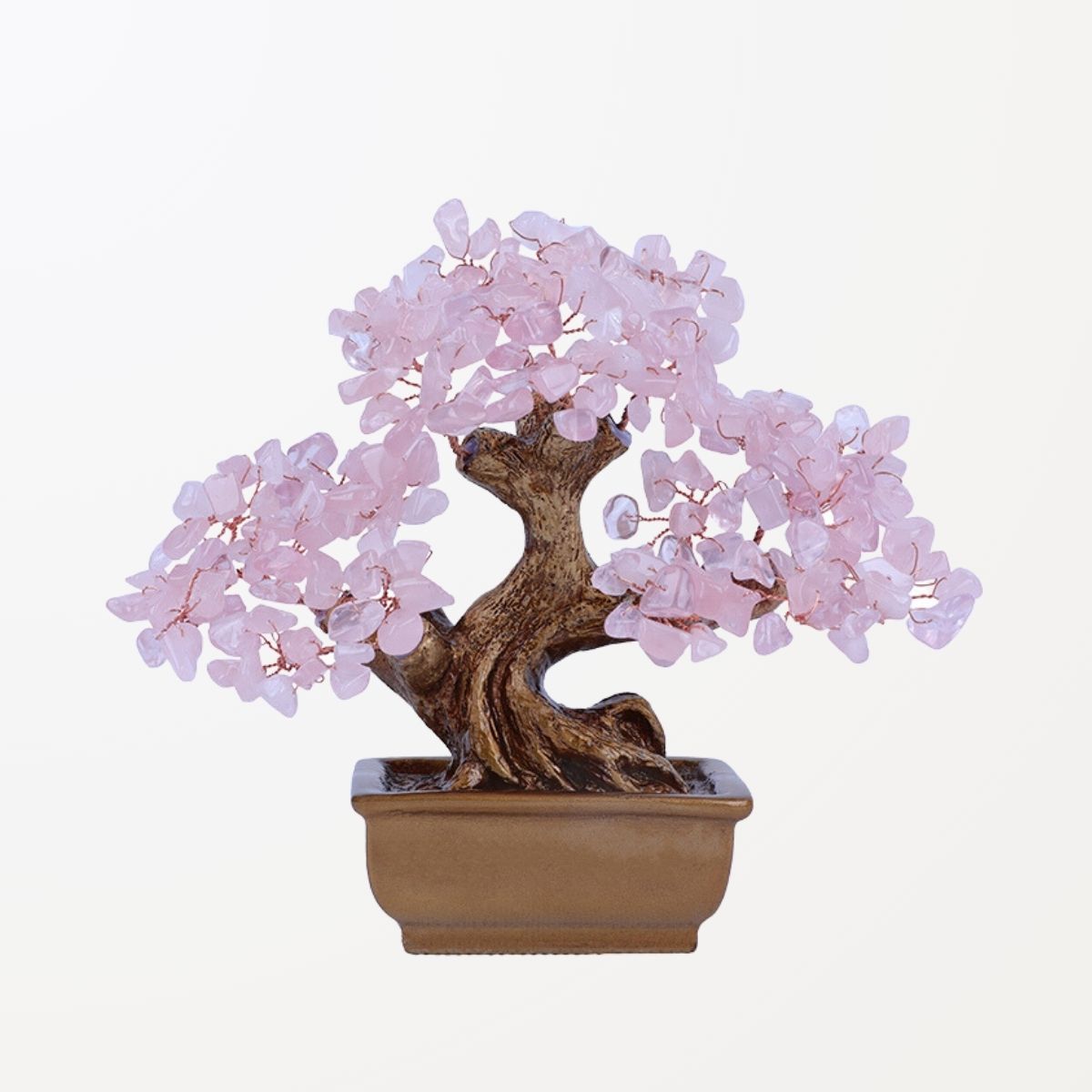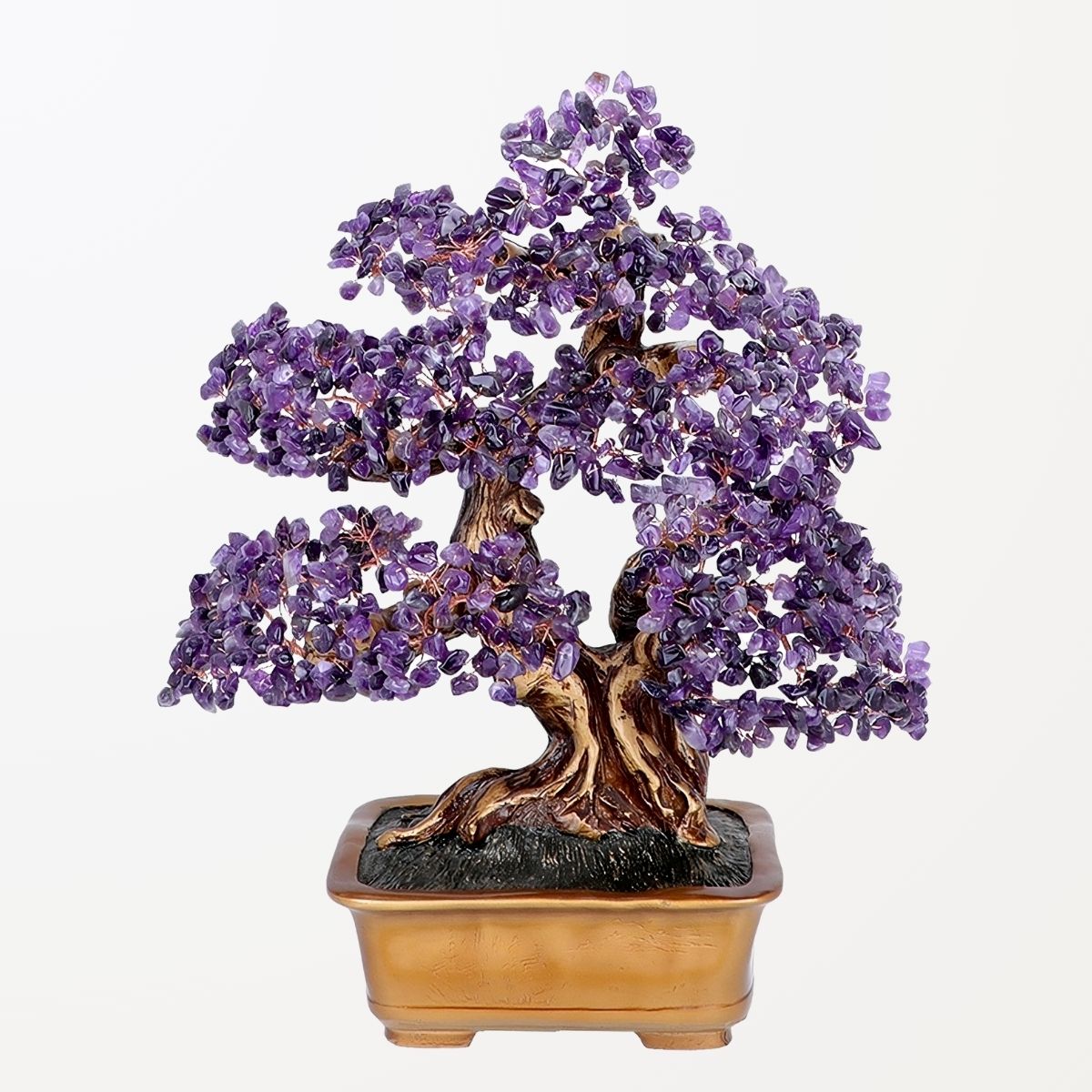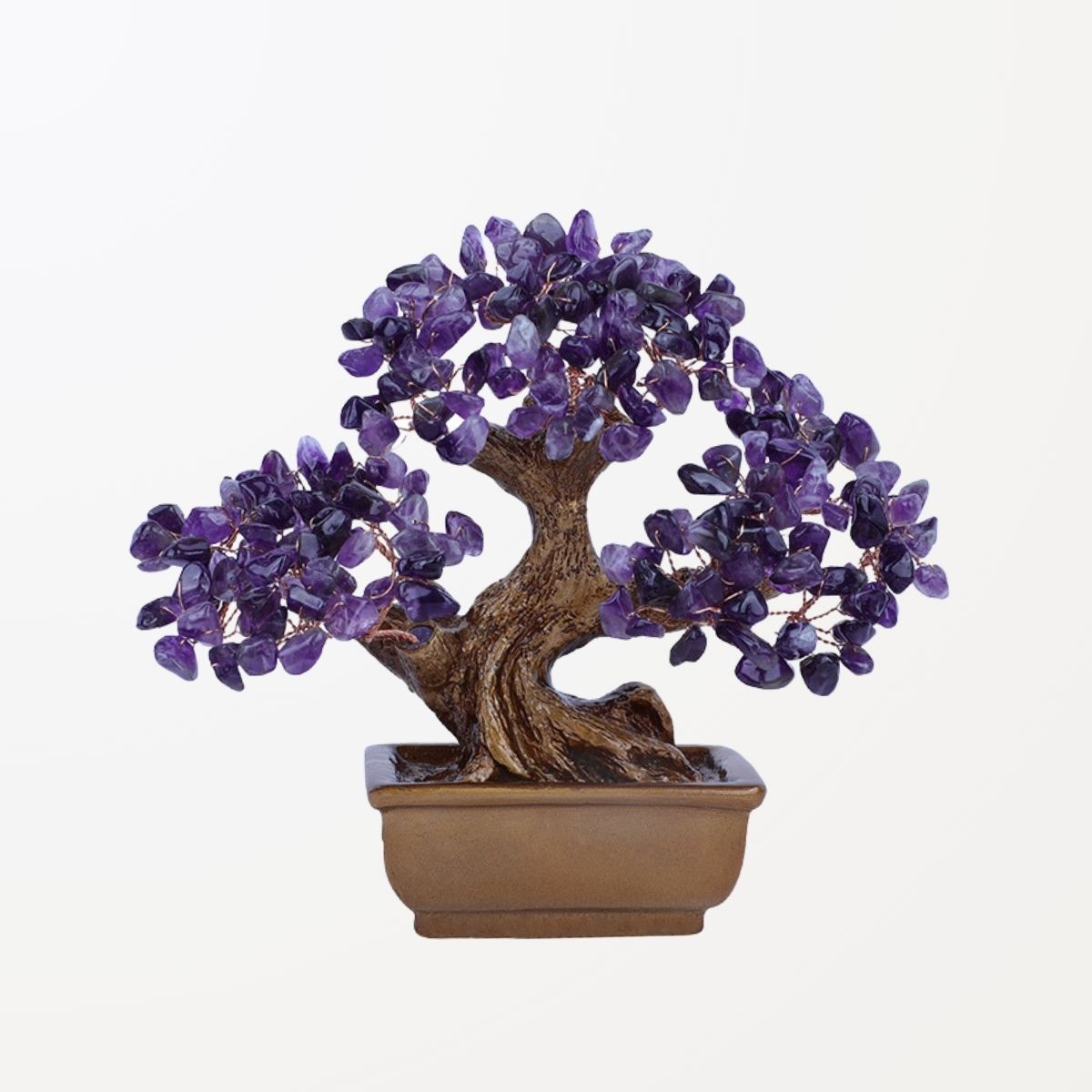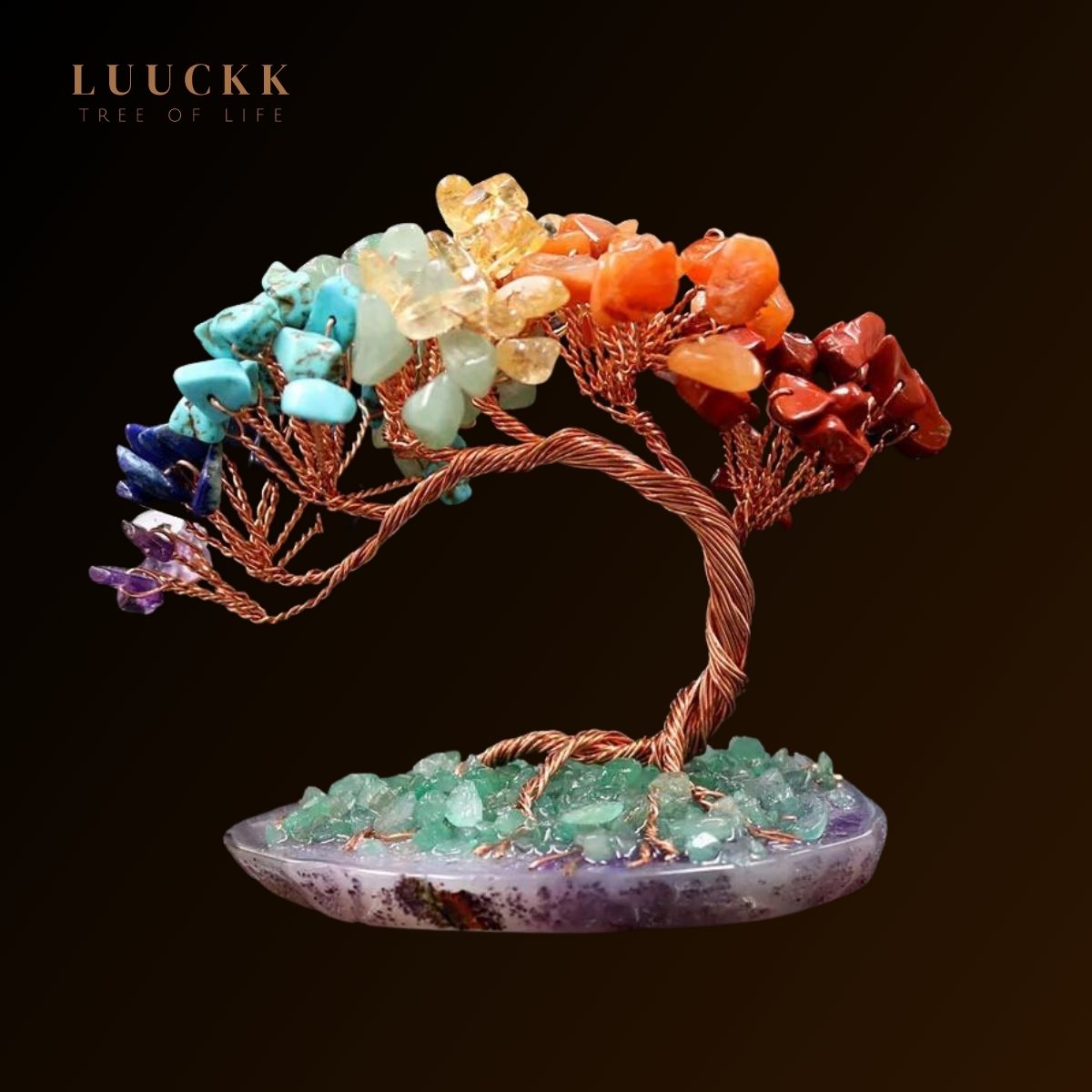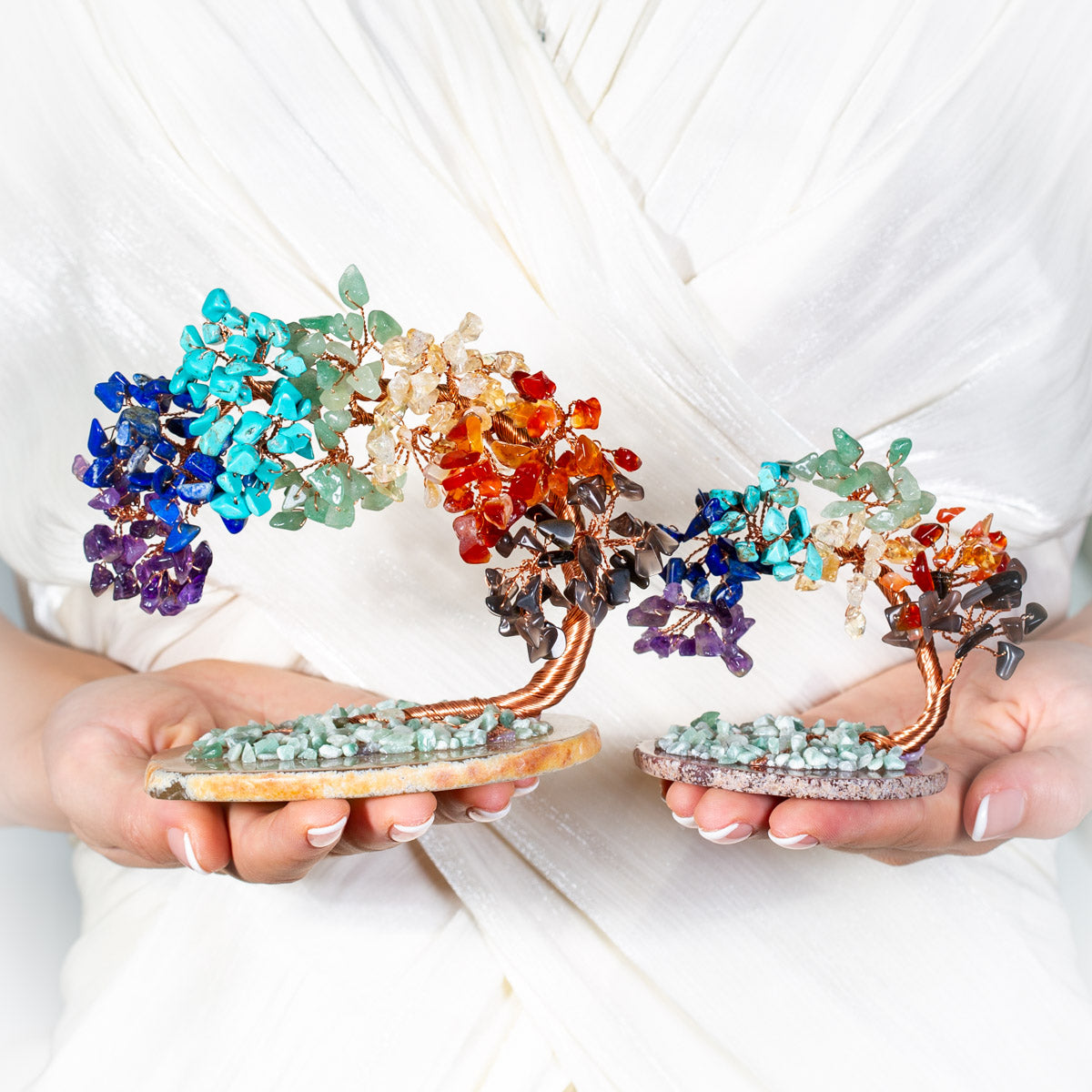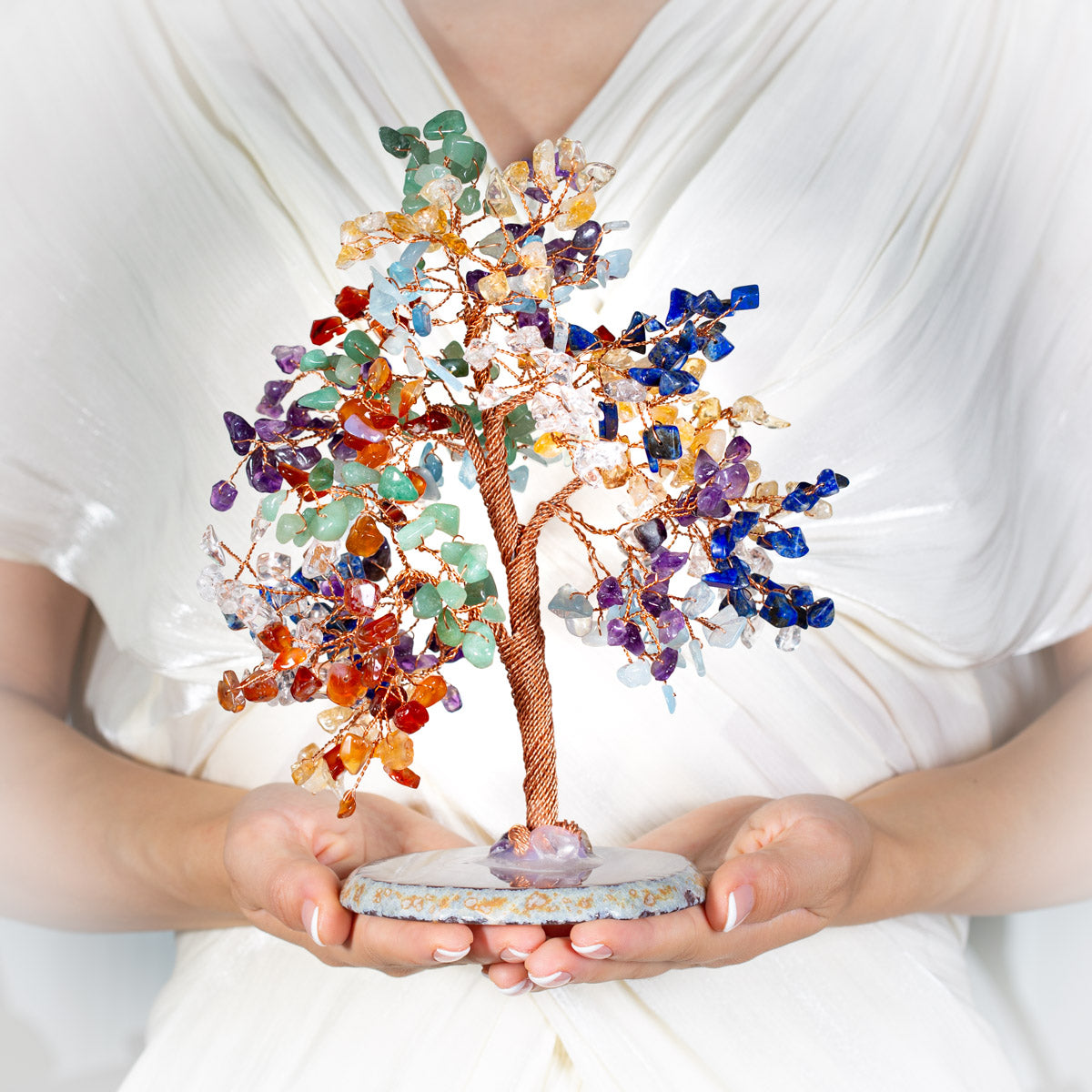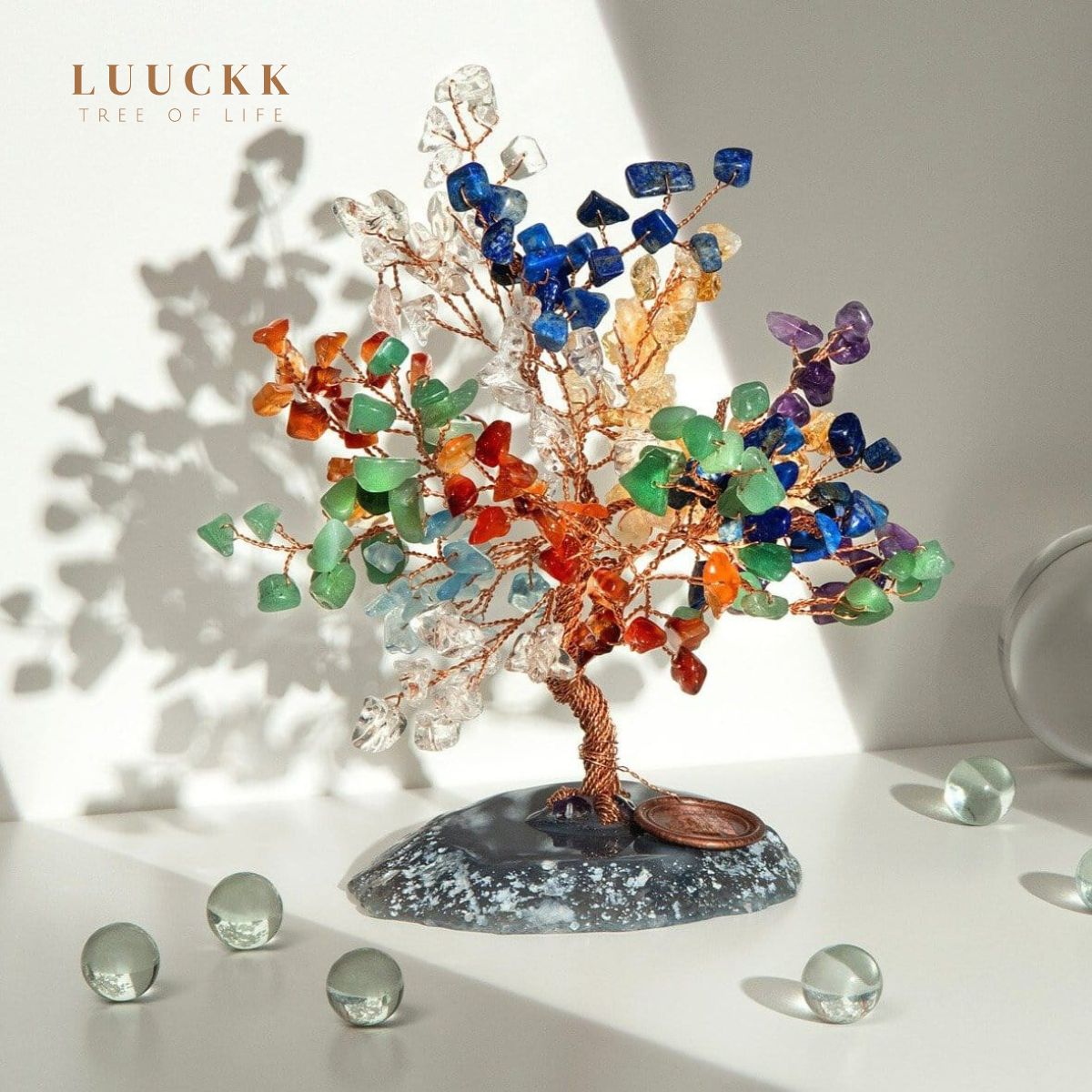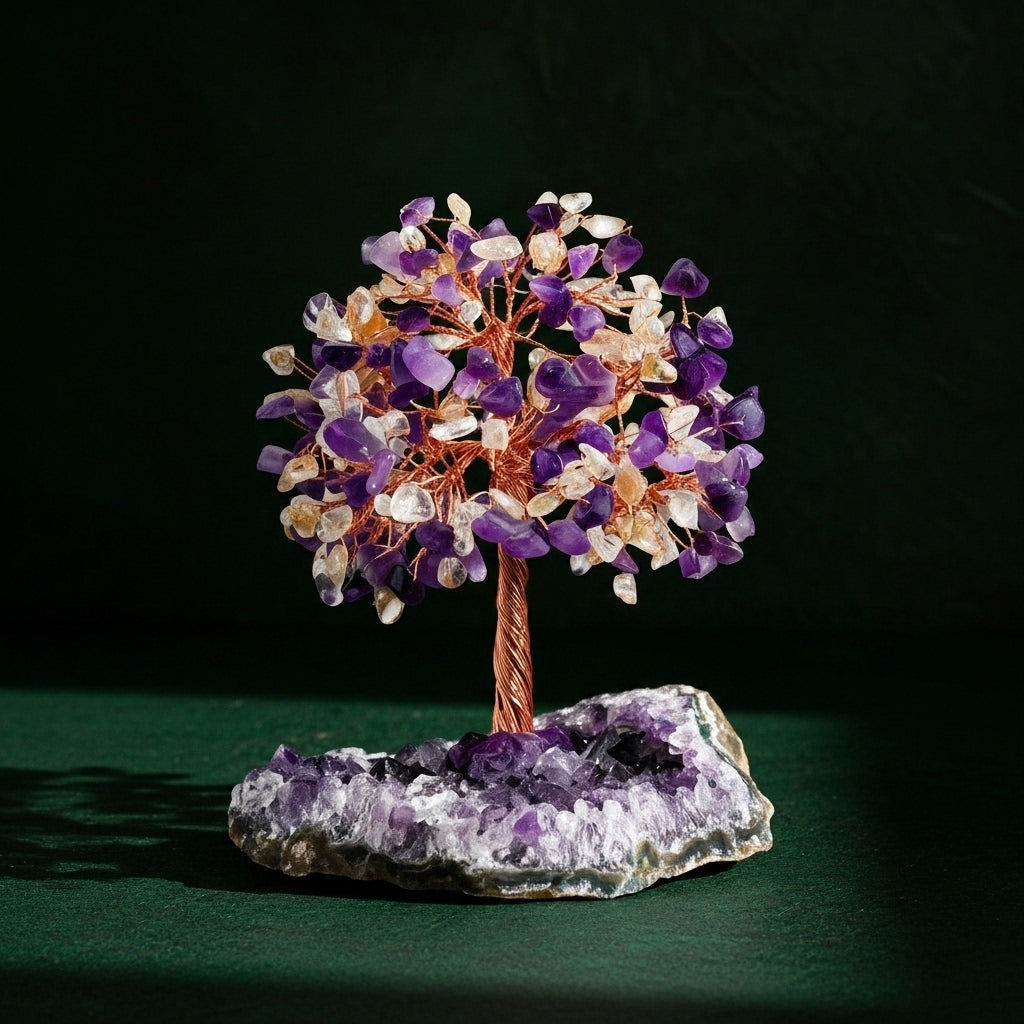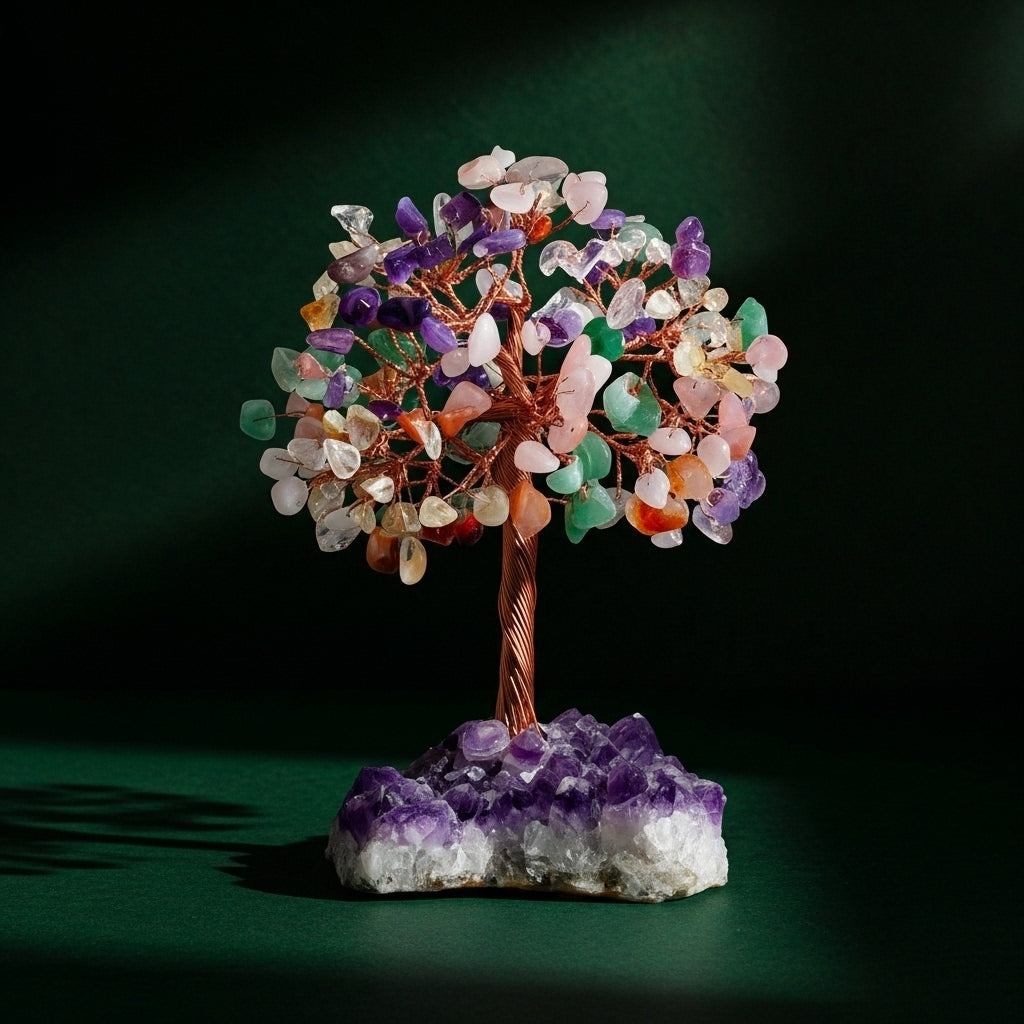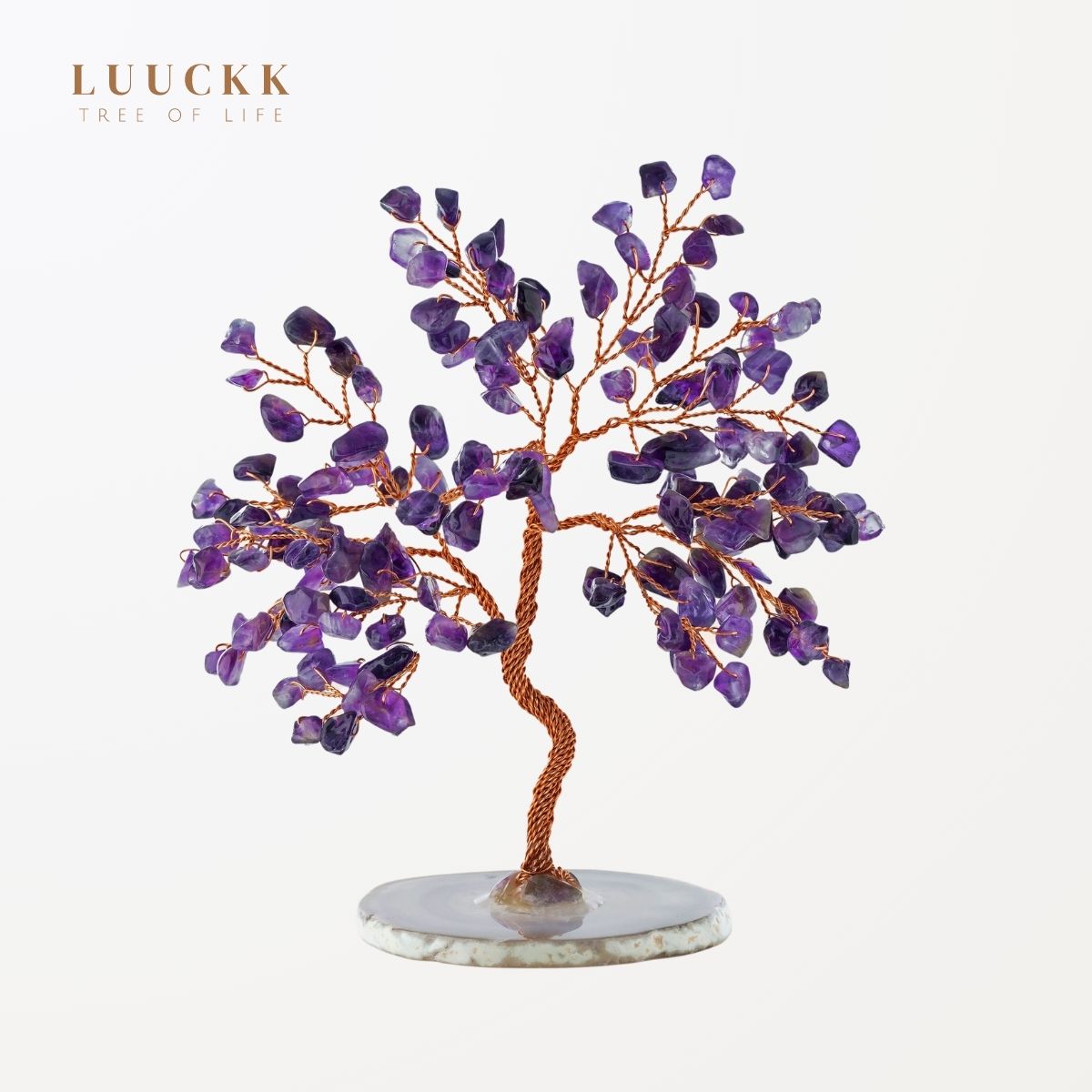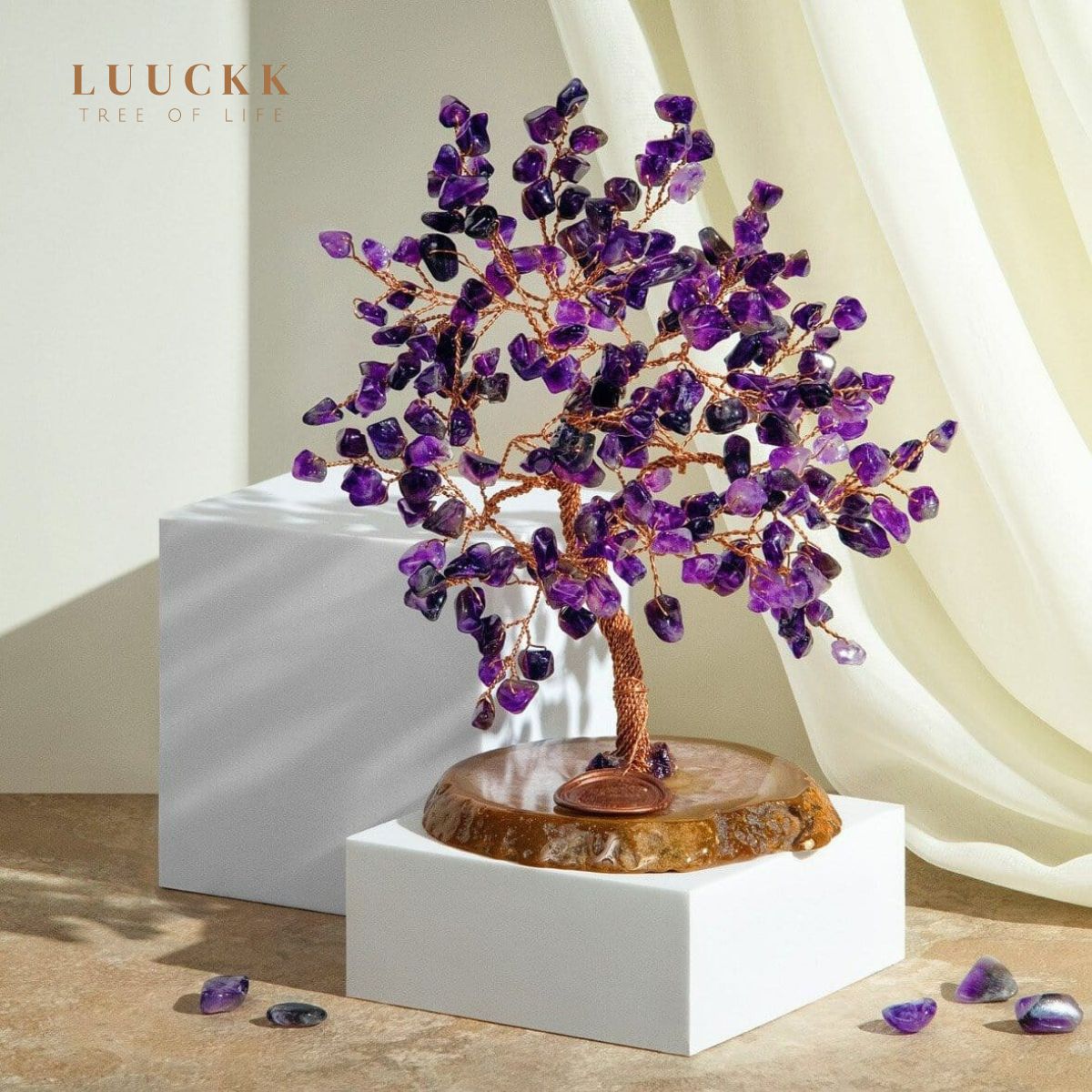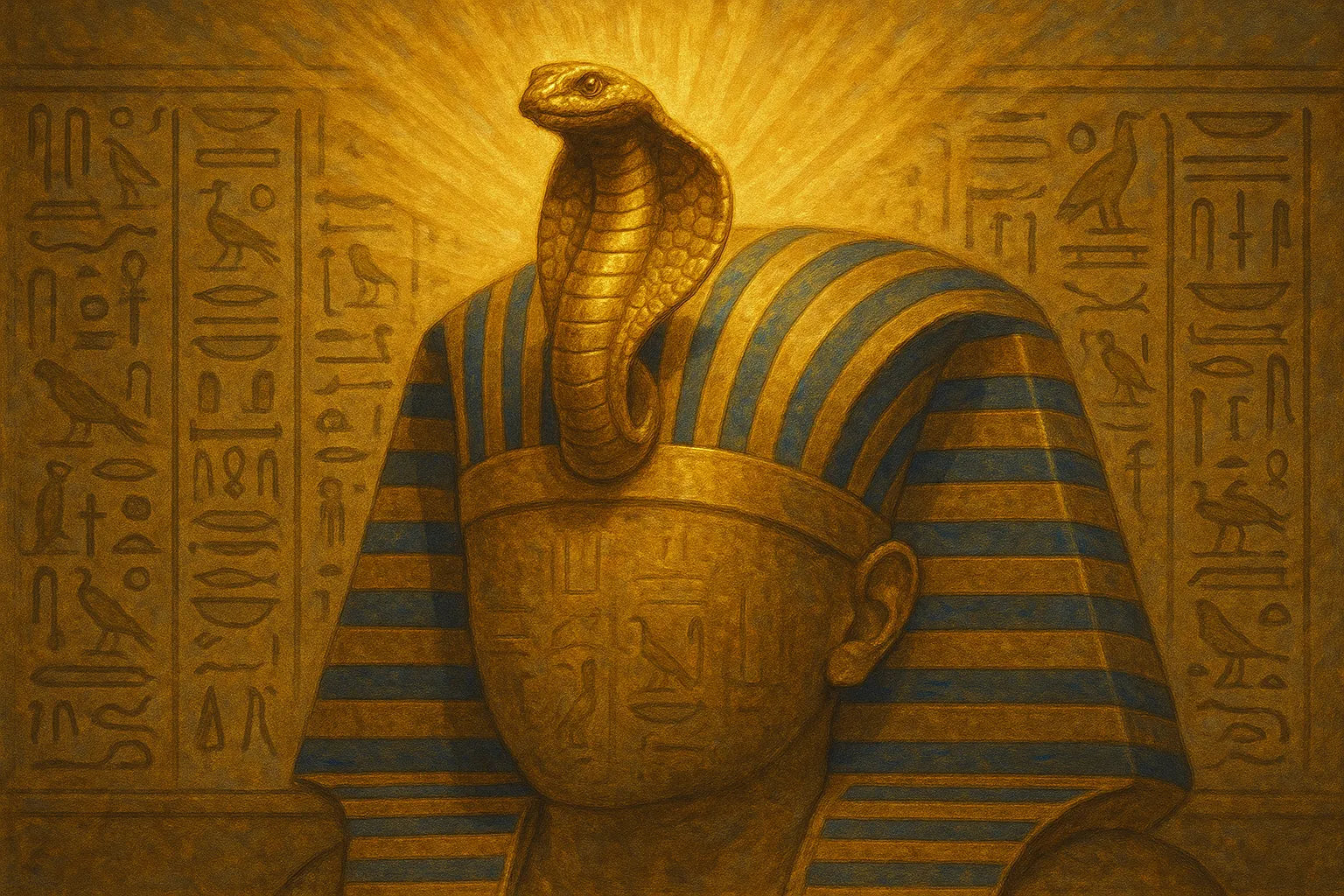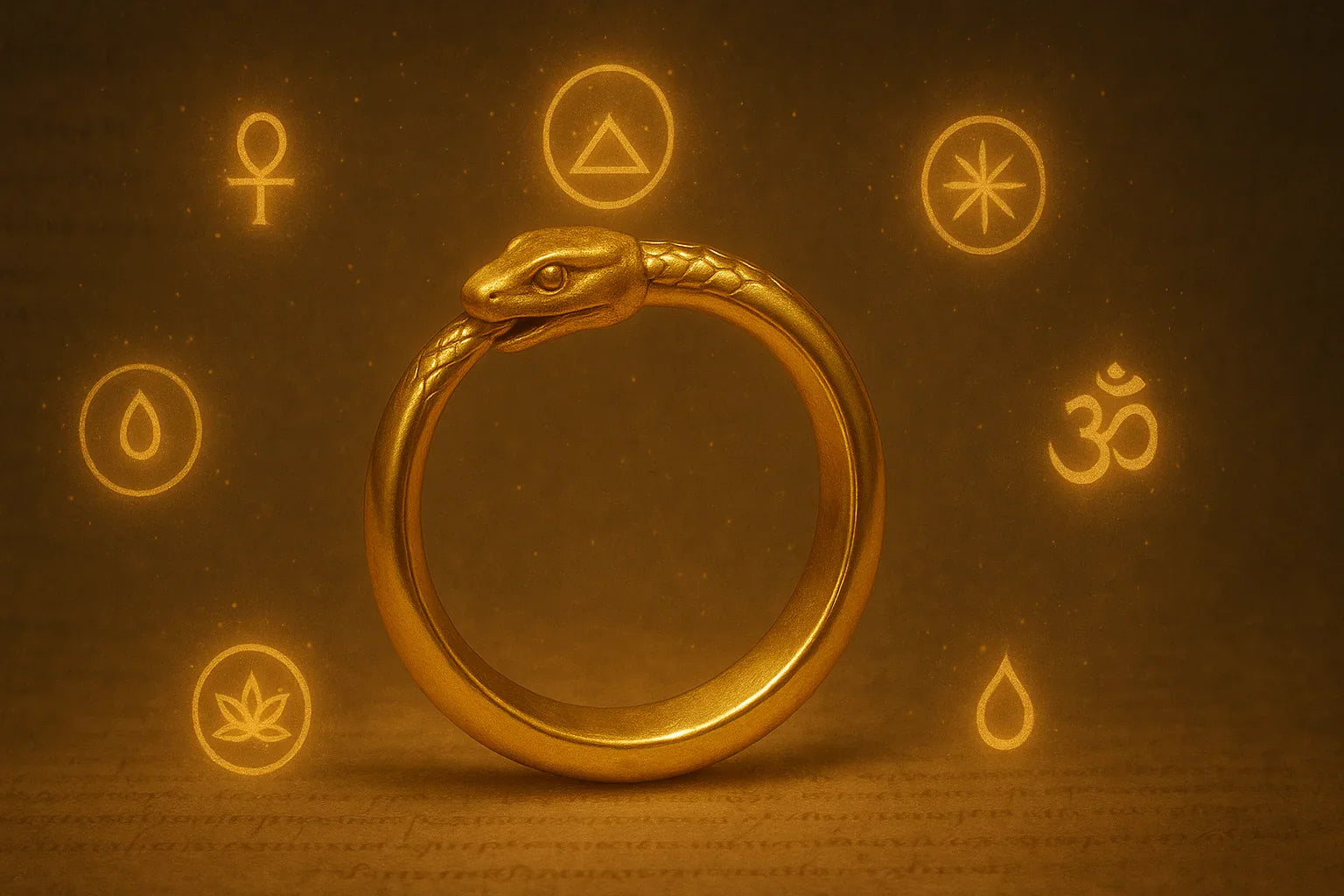
Complete Guide to the Serpent Symbol: Rebirth, Wisdom, and Protection
- Introduction: Why has the serpent fascinated us for millennia?
- The Serpent in Ancient Civilizations: A Universal Archetype
- The Power of the Serpent Symbol: Rebirth and Transformation
- The Serpent Symbol in Modern Life
- Comparison with Other Powerful Spiritual Symbols
- How to Integrate the Serpent Symbol into Your Life
- Conclusion: The Serpent Symbol—between Ancient Wisdom and Personal Rebirth
Introduction: Why has the serpent fascinated us for millennia?
The serpent is one of the oldest and most powerful symbols in human history. Present in religions, myths, shamanic rituals, jewelry, and even neuroscience, it both fascinates and unsettles. Its sinuous body, piercing eyes, and ability to shed its skin make it a symbol of transformation, wisdom, and inner power.
But what does the serpent symbol really represent? How has it traveled through civilizations, and why is it still used today in spirituality, fashion, and esoteric arts? This complete guide invites you to dive into the complex, rich, and often little-known universe of this timeless symbol.
Our Serpent Jewelry
The Serpent in Ancient Civilizations: A Universal Archetype
The serpent in world religions
In almost every culture across the world, we find the figure of the serpent. Sometimes it is venerated, sometimes feared, yet always respected for its mystery.
- In Christianity, it symbolizes temptation and forbidden knowledge, as shown in the story of Adam and Eve. Even in this context, it carries the idea of transformation.
- In Ancient Egypt, the cobra adorned pharaohs’ crowns, embodying both divine protection and sovereignty.
- In India, the serpent (or naga) is sacred. It is closely linked to Kundalini energy, the spiritual force coiled at the base of the spine that rises toward enlightenment. To better understand this dimension, read Kundalini Energy: The Fire Serpent and Spiritual Awakening.
- In Norse myths, the giant serpent Jörmungandr encircles the world, illustrating the serpent’s cosmic and cyclical power.
The serpent is therefore a universal archetype found in both Eastern and Western spiritualities. A deeper decoding of this omnipresence is available in The Serpent in Myths and Religions: A Universal Archetype.
The serpent in indigenous traditions
Among Indigenous peoples of the Americas, the serpent represents the Earth, fertility, and sometimes even the link between the world of the living and the spirit world. It is used in healing rituals, and its image decorates drums, paintings, and traditional clothing.
This journey through ancient cultures is explored in The Symbolism of the Serpent: From Eden to Indigenous Traditions, an article rich in historical and cultural references.

The Power of the Serpent Symbol: Rebirth and Transformation
Shedding: a sacred process
The serpent has the unique ability to shed its skin. This biological phenomenon has become a powerful spiritual symbol of rebirth, renewal, and personal growth. Each shedding represents a release of the former self—a form of purification and regeneration. That’s why it is often associated with life cycles, symbolic death, and resurrection.
This symbolism echoes other spiritual traditions discussed in the Complete Guide to Spiritual Symbols, which details the meanings of humanity’s oldest signs.
The serpent and spiritual ascension
When Kundalini spiritual energy rises in the body, it takes the form of a coiled serpent. By activating the chakras, it enables deep inner transformation, leading to a higher state of consciousness.
To better understand the connection between the serpent symbol and the chakras, see the Complete Guide to the 7 Chakras: Alignment, Meaning, and Practices.

The Serpent Symbol in Modern Life
A symbol of protection and strength
Contrary to popular belief, the serpent is not only a threatening creature. It is often considered a guardian, a protector. Like the red thread worn on the wrist, it wards off negative energies and serves as a spiritual shield. These uses are explained in the Complete Guide to the Red Thread.
In the same way, the serpent symbol is used in the creation of jewelry, talismans, and amulets for protection against harm—just like the evil eye. On this topic, see our Complete Guide to the Evil Eye: Origins, Symbolism, and Protective Uses, which helps you understand the links between these symbols.
Serpent jewelry: when spirituality meets fashion
Today, serpent jewelry is far more than an accessory. It embodies inner strength, confident femininity, and mystical power. Necklaces, rings, bracelets… They adorn the body with an esoteric touch and strong symbolism.
To learn more about the aesthetic and energetic impact of these pieces, don’t miss Serpent Jewelry: Power, Elegance, and Protection.
Comparison with Other Powerful Spiritual Symbols
Serpent symbol vs. infinity symbol
The infinity symbol, like the serpent Ouroboros biting its tail, evokes endless time, the eternal cycle, and cosmic connection. Both symbols invite reflection on the nature of existence, time, and the soul.
Explore these themes further with the Complete Guide to the Infinity Symbol: History, Meanings, and Uses.
Four-Leaf Clover: luck vs. transformation
The four-leaf clover symbolizes luck, prosperity, and favorable alignment. It is often given as a good-luck charm. Unlike the serpent, which evokes inner transformation, the clover acts as a catalyst for positive events.
See the Complete Guide to the Four-Leaf Clover to explore this complementary symbolism.
Serpent and ginkgo: rebirth and longevity
Ginkgo biloba, a millennia-old tree, is another powerful symbol of resilience, longevity, and memory. Like the serpent, it embodies the ability to survive, adapt, and renew.
Explore this analogy in the Complete Guide to Ginkgo.

How to Integrate the Serpent Symbol into Your Life
Wear jewelry or talismans
- Serpent jewelry: to invoke transformation and self-confidence.
- Symbolic combination: pair the serpent with the infinity symbol or the red thread for enhanced energetic protection.
- For pairing ideas, the articles on the infinity symbol or the red thread are very informative.
Rebirth ritual
A simple ritual inspired by the serpent’s shedding:
- Write on a piece of paper what you want to release.
- Wrap it in a symbolic skin (or cloth), then bury it in the earth.
- Visualize your transformation as if you were letting go of an old skin.
This kind of practice fits well with chakra work or Kundalini meditation.
Conclusion: The Serpent Symbol—between Ancient Wisdom and Personal Rebirth
The serpent symbol is not only one of the oldest in human history, it is also one of the most powerful and relevant today. It reminds us that change is not a threat but an opportunity; that each shedding is a step toward a stronger, more conscious, and better-aligned version of ourselves.
It invites us to embrace transformation, awaken inner strength, and walk the path of life with wisdom.
What is the spiritual meaning of the serpent in different cultures?
The serpent symbolizes transformation, wisdom, inner power, and protection. Present in many cultures, it represents temptation and knowledge in Christianity, divine protection in Egypt, Kundalini spiritual energy in India, and fertility or a bond with the Earth among Indigenous peoples.
How is the serpent associated with rebirth and personal transformation?
The serpent’s ability to shed its skin represents rebirth, renewal, and personal growth. Each shedding symbolizes letting go of the old to welcome a regenerated version of oneself. This process inspires rituals of release and spiritual evolution.
Why wear serpent jewelry today?
Wearing serpent jewelry helps invoke transformation, self-confidence, and protection against negative energies. These pieces combine aesthetics and symbolism, embodying inner strength and a mystical power in modern life.
How can I integrate the serpent symbol into daily life?
You can integrate it by wearing jewelry or talismans, combining different protective symbols (such as the red thread or the infinity symbol), or practicing rituals inspired by shedding—alongside chakra work or meditation.
How does the serpent symbol differ from other spiritual symbols like the clover or ginkgo?
The serpent primarily evokes transformation and inner evolution, while the four-leaf clover symbolizes luck and the ginkgo represents resilience and longevity. Each has complementary virtues, but the serpent is unique in its invitation to deep personal change.
Suggested Products
Best products
